NTSB Report Reveals Overconfidence in Tesla's Autopilot Led to Crash

Years of boasting from Tesla over the capabilities of its Autopilot driver-assist system — boasts the automaker dialed back after a series of fatal crashes — are in part responsible for a Culver City, California crash in January 2018, the National Transportation Safety Board states in a new report. Driver-assist features aim to make the monotonous task of driving easier, with the most advanced systems allowing users to take their hands off the wheel for varying periods of time.
Tesla’s system, which doesn’t employ the driver-monitoring camera fielded by Cadillac’s Super Cruise, is not as rigorous at ensuring the driver actually pays attention to the road ahead as its main rival. Videos of sleeping Tesla drivers continue to show up on the internet. Is it the driver’s fault for misusing the system, or the automaker’s for designing a system that’s ripe for abuse? The NTSB says it’s both.
According to the report, which details how a Tesla Model S rear-ended a stopped (lights flashing) Culver City Fire Department fire truck in the HOV lane of Interstate 405, the car’s driver was a fan of letting Autopilot handle the full workload.
From the NTSB:
The response to a collision in the northbound freeway lanes 25 minutes earlier left a California Highway Patrol vehicle parked on the left shoulder of southbound I-405 and the Culver City Fire Department truck parked diagonally across the southbound HOV lane. Emergency lights were active on both vehicles. The Tesla, which had its “Autopilot” system engaged, was traveling in the HOV lane, behind another vehicle.
After the lead vehicle changed lanes to the right, the Tesla remained in the HOV lane, accelerated and struck the rear of the fire truck at a recorded speed of about 31 mph. A forward collision warning alert occurred 0.49 seconds prior to impact but the automatic emergency braking system did not engage. The driver’s hands were not detected on the steering wheel during this sequence nor did the driver apply steering or braking prior to impact.
Thankfully, no one was injured in the crash, though it’s easy to see how the incident could have ended in tragedy. Poring over the car’s data, the NTSB discovered that during the 66-minute trip, the Tesla’s owner engaged Autopilot (a combination of Autosteer and Traffic-Aware Cruise Control) for a period totalling 29 minutes and 4 seconds.
“Hands were detected on the Tesla’s steering wheel for only 78 seconds of that 29-minute, 4-second period,” the agency reported. “The ‘Autopilot’ system issued several hands-off alerts during the last 13 minutes, 48 seconds prior to the crash and was engaged continuously during those nearly 14 final minutes of the crash trip. In the last 3 minutes, 41 seconds before the crash the system did not detect driver-applied steering wheel torque.”
Ultimately, the NTSB pegged the cause of the crash as “the Tesla driver’s lack of response to the fire truck parked in his lane, due to his inattention and overreliance on the car’s advanced driver assistance system; the Tesla’s “Autopilot” design which permitted the driver to disengage from the driving task; and the driver’s use of the system in ways inconsistent with guidance and warnings from Tesla.”
While Tesla literature warns drivers to maintain a grip on the steering wheel and remain focused on the road ahead, users can choose to avoid the prompts. And they do, as detailed in this report. Until driver-assist systems gain a sterling reputation for precision and reliability, backed up by endless testing and real-world usage, automakers have a duty to hassle, annoy, cajole, and threaten drivers into obedience. All systems should go offline when they detect misuse.
[Image: Tesla]

More by Steph Willems
Latest Car Reviews
Read moreLatest Product Reviews
Read moreRecent Comments
- Jalop1991 This is easy. The CX-5 is gawdawful uncomfortable.
- Aaron This is literally my junkyard for my 2001 Chevy Tracker, 1998 Volvo S70, and 2002 Toyota Camry. Glad you could visit!
- Lou_BC Let me see. Humans are fallible. They can be very greedy. Politicians sell to the highest bidder. What could go wrong?
- SPPPP Vibrant color 9 times out of 10 for me. There may be a few shapes that look just right in metallic gray, for example. There are a few nices ones out there. And I like VW "White Silver". But I'd usually prefer a deep red or a vibrant metallic green. Or a bright blue.
- 28-Cars-Later Say it ain't so, so reboot #6* isn't going to change anything?[list=1][*]V4-6-8 and High "Tech" 4100.[/*][*]Front wheel drive sooooo modern.[/*][*]NOrthSTARt.[/*][*]Catera wooooo.[/*][*]ATS all the things.[/*][*]We're *are* your daddy's Tesla. [/*][/list=1]



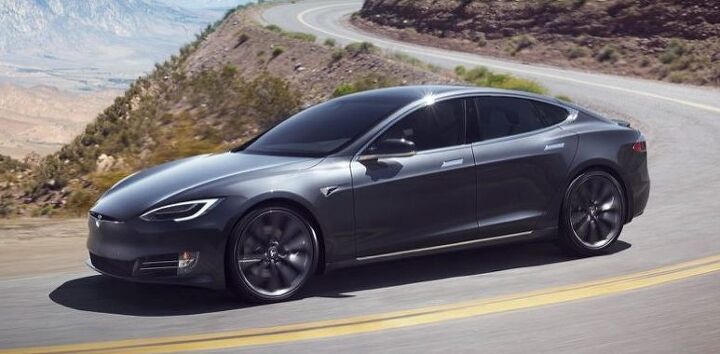















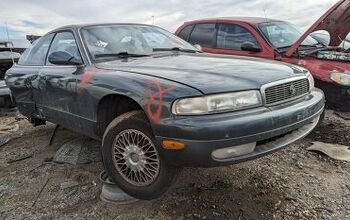
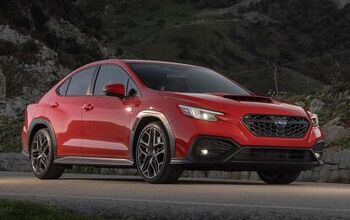

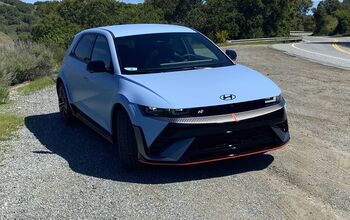
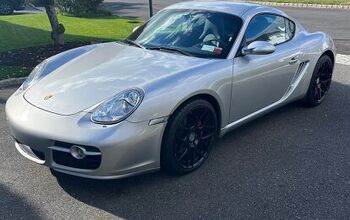
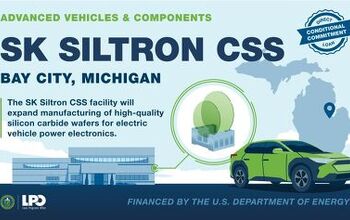
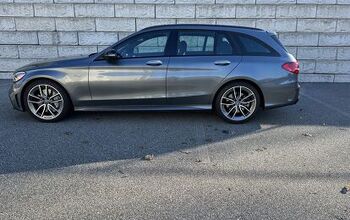
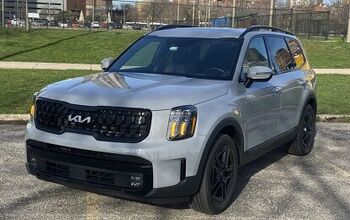
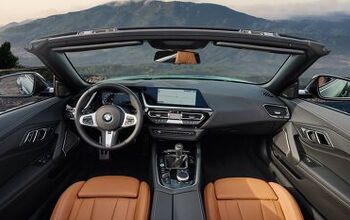
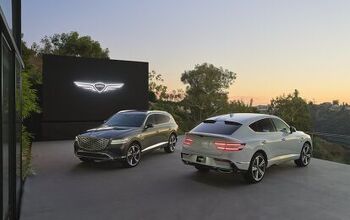
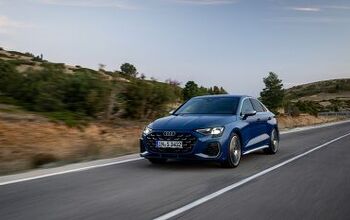
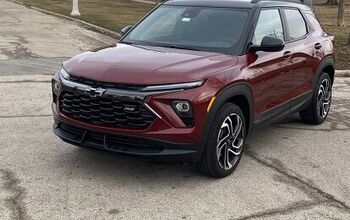


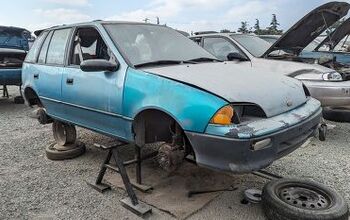
Comments
Join the conversation
There's only one solution: License renewal tests every 6 months. Test must bet completed in a set amount of time. In a TVR. In the wet. That'll get you paying attention!
Tesla needs to rename their system and make it less tolerant of driver inattention. What they should NOT do is set it to DISABLE due to inattention, as that would mean NOBODY was at the wheel. It should remain engaged, but with an increasingly annoying audible alarm until the driver puts their hands back on the wheel. (I was going to suggest an electric shock to the driver's crotchal area, but maybe that's going too far.)